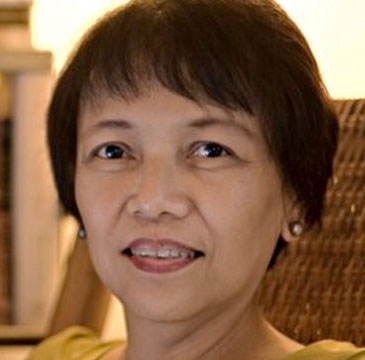SUMMARY
This is AI generated summarization, which may have errors. For context, always refer to the full article.
 It’s decision time for President Aquino. Whom will he choose to lead the Supreme Court? History can guide him.
It’s decision time for President Aquino. Whom will he choose to lead the Supreme Court? History can guide him.
When I first started to follow the Court 5 years ago, I knew little about this institution and its conventions. Two things helped me make sense of it: a tight watch and research on its past as well as contemporary history.
To begin with, covering it is like entering a chamber full of secrets. The justices don’t call press conferences or have lunches with reporters, the way politicians do. They speak only through their decisions.
The other remarkable difference of the Court from the executive and legislative branches is the respect for hierarchy and seniority. The roots of this tradition are deep, going back to the 1940s.
Chief Justice Cesar Bengzon (he led the Court from 1961 to 1966), who gave an illuminating speech on this subject, made me understand this practice which, today, some want to trash so easily.
The “custom observed here of appointing the senior justice whenever the position of Chief Justice becomes vacant,” he said, was triggered by a “regrettable incident” in the 1920s. When the Philippines was still under US tutelage, President William McKinley bypassed Justice Florentino Torres, the most senior in the Court, and appointed Justice Victorino Mapa, the second most senior. Torres immediately resigned. (The US does not share this Philippine practice of observing seniority.)
Mapa was originally with the Supreme Court (he was appointed in 1901) and left to be secretary of justice in 1913. He was recalled as chief justice in 1920.
‘There is room at the top’
Many years later, in 1948, Congress passed the Judiciary Act which, in Bengzon’s words, “provided for seniority” and “established a precedence that should not, except for good reasons, be disregarded whenever a vacancy in the position of chief justice occurs.” Learning from the “Mapa-Torres affair,” the Act “allows a member [who has been reappointed to the Court after rendering service in any other branch of government] to retain his rank.”
“Such meticulous concern about the preservation of the order of precedence can mean only one thing: the Government’s insistence that the stepping stones leading to the Chief Justiceship be observed.”
He continued: “The effect of the statute and of the practice I have explained should mean only that whenever the position becomes vacant, the senior associate justice automatically becomes the logical candidate, whom the President may not bypass except for valid reasons.” Bengzon’s speech, which he delivered at the University of the Philippines College of Law, was aptly titled, “There is Room at the Top.”
In Bengzon’s view, “every appointee to the Supreme Court is a potential Chief Justice; and every member should have the assurance—and incentive—that if he lives long enough and behaves well, he shall reach that much-coveted position.”
Back to the JBC
Here’s the challenge for the Judicial and Bar Council, the body that vets nominees to the judiciary. It is duty-bound to make the selection process rigorous and, as much as it can, detach it from political maneuvering.
Raphael Lotilla, one of those nominated for chief justice but declined—he cited the tradition of seniority as still the best practice to follow because it “mutes political ambitions and insulates to some degree the Office of the Chief Justice from the patronato system” –somewhat echoed what Bengzon said. “Restoration of the tradition would then shift the national focus to the quality of every future appointment to the Court.”
This tradition was sidestepped by Presidents Ferdinand Marcos and Gloria Macapagal- Arroyo. Marcos bypassed Justice Claudio Teehankee, who was a dissenter during the martial-law years, and chose the second most senior justice to lead the Court. Arroyo, for her part, appointed Justice Artemio Panganiban, also the second most senior, for a period of 11 months after which she named Reynato Puno, whom she earlier bypassed, as chief justice.
This seniority custom, of course, should be accompanied by the commanding idea that the judiciary is a separate and independent body and that its role is to check on the excessive impulses of the executive and legislative branches. – Rappler.com
Add a comment
How does this make you feel?
There are no comments yet. Add your comment to start the conversation.